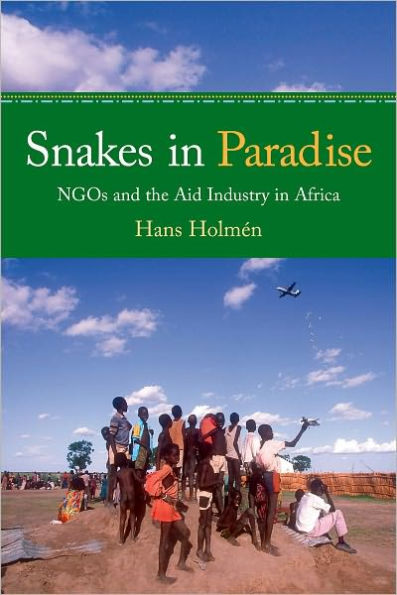5
1
9781565493018


Snakes in Paradise: NGOs and the Aid Industry in Africa available in Paperback

Snakes in Paradise: NGOs and the Aid Industry in Africa
- ISBN-10:
- 156549301X
- ISBN-13:
- 9781565493018
- Pub. Date:
- 12/28/2009
- Publisher:
- Kumarian Press, Inc.
- ISBN-10:
- 156549301X
- ISBN-13:
- 9781565493018
- Pub. Date:
- 12/28/2009
- Publisher:
- Kumarian Press, Inc.

Snakes in Paradise: NGOs and the Aid Industry in Africa
$24.95
Current price is , Original price is $24.95. You
$24.95
Temporarily Out of Stock Online
$17.56
$24.95
Save 30%
Current price is $17.56, Original price is $24.95. You Save 30%.
Temporarily Out of Stock Online
24.95
Out Of Stock

Product Details
| ISBN-13: | 9781565493018 |
|---|---|
| Publisher: | Kumarian Press, Inc. |
| Publication date: | 12/28/2009 |
| Edition description: | New Edition |
| Pages: | 320 |
| Product dimensions: | 6.00(w) x 8.90(h) x 0.80(d) |
About the Author
From the B&N Reads Blog
